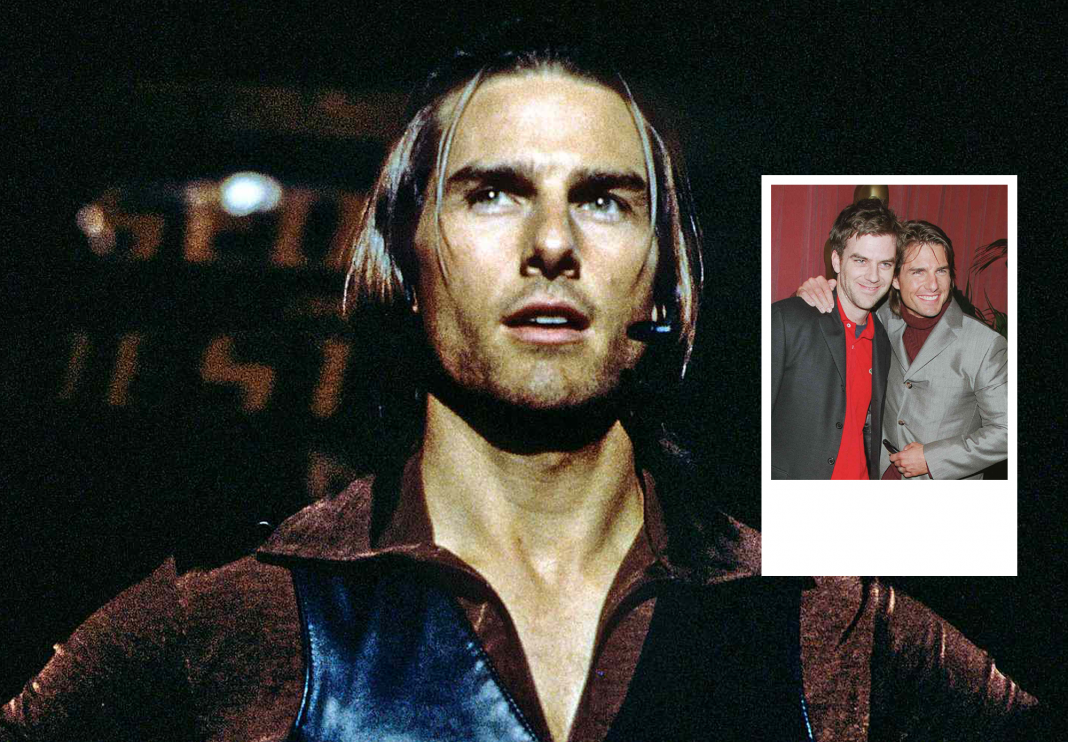In a rare and revealing conversation at the British Film Institute, Tom Cruise revisited one of the boldest moments of his career, the spontaneous creation of a now-iconic monologue in Paul Thomas Anderson’s 1999 film Magnolia. Going beyond the call of an actor, Cruise trusted his instincts so fully that he crafted a character, a costume, and a scene from scratch—shocking his director into silence. The result? A performance that remains a defining moment in cinematic history and a testament to the power of trusting one’s artistic gut.
Behind the Curtain: When instinct rewrites the script
Long before cameras rolled on Magnolia, Tom Cruise sensed something missing from the character of Frank T.J. Mackey—the self-proclaimed seduction guru whose bravado masks deep emotional scars. In a recent retrospective, Cruise admitted that the pivotal monologue that would come to define Mackey’s persona wasn’t originally in the script. “There was a couple sentences, and I remember I was worried,” he shared with the BFI audience. That worry would soon turn into one of the most creative leaps of his career.
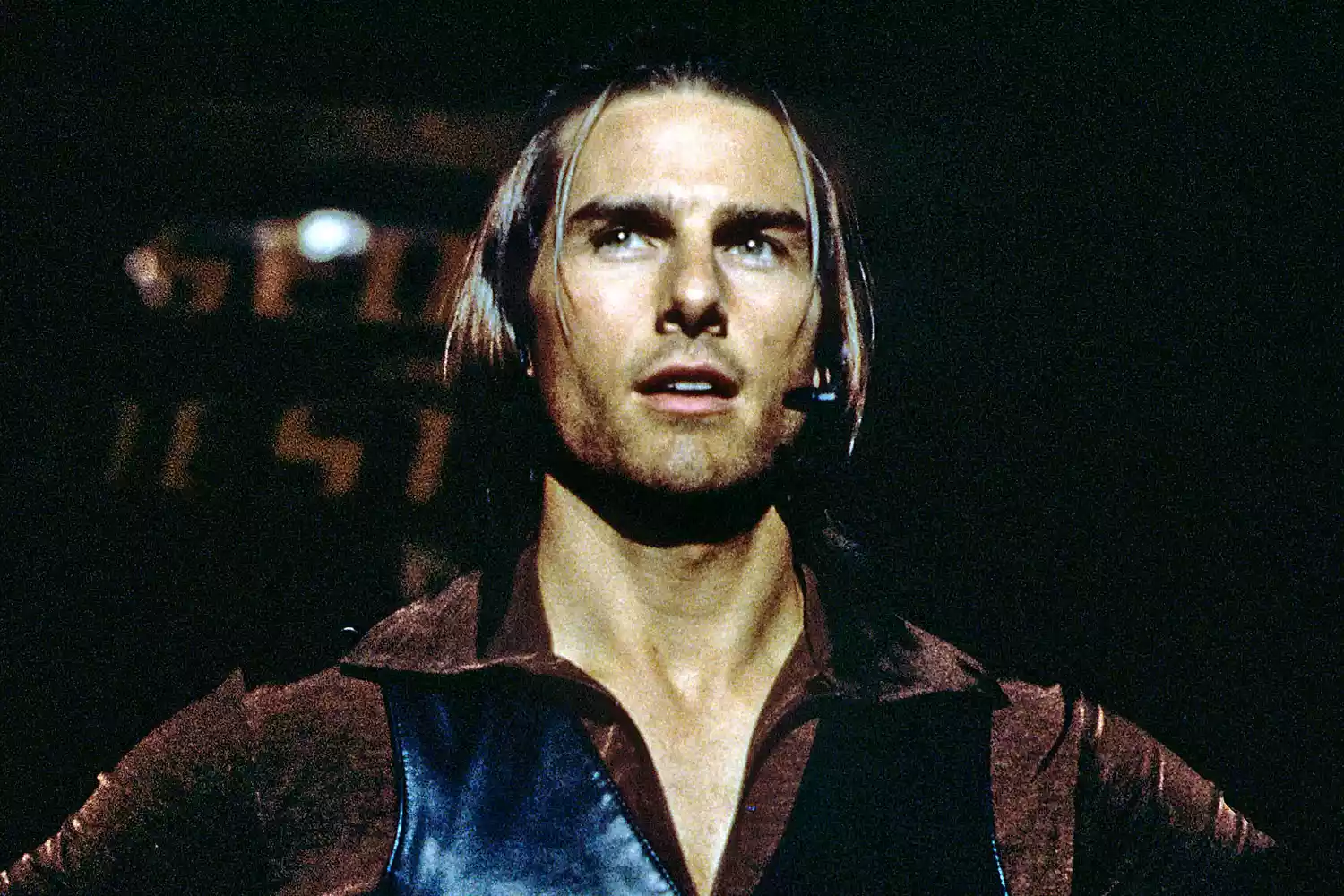
Determined to shape the role from the inside out, Cruise invited director Paul Thomas Anderson to his home under the pretext of a costume fitting. But what awaited Anderson was not just a wardrobe consultation it was a fully staged performance. Cruise had prepared lighting, sound, and staging to present his take on Mackey. “I basically wrote the opening monologue, my version,” he said. “I lit it, I had the music, and I just said, ‘Let me show you what I’m gonna do.’” Anderson’s stunned reaction: “What the f—?!”—captured just how unexpected and transformative Cruise’s interpretation was.
Creating Mackey: From Khakis to Velvet and Fire
Paul Thomas Anderson initially envisioned Mackey with IZOD shirts and beige khakis—a casual, almost bland exterior. But for Cruise, that costume rang false. “I don’t think that’s this guy,” he recalled telling the director. Instead, Cruise imagined Mackey as the brash embodiment of late-’90s male bravado: bold, slick, and calculatedly larger-than-life. “I dunno, this is Mackey to me,” he shrugged.
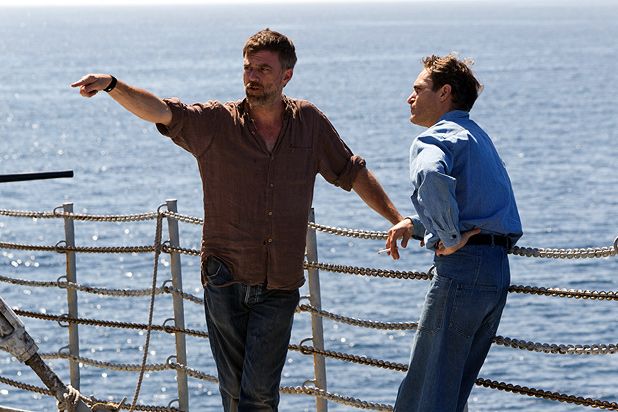
What emerged onscreen was a fever dream of confidence and toxicity—a man striding into a seminar of raucous men, delivering the notorious “respect the c—” speech in a brown velvet shirt, leather vest, and heavily gelled hair. It was costume as character study, aesthetic as armor. And it all stemmed from Cruise’s deeply intuitive reading of who Mackey really was beneath the performance. It wasn’t about looking “cool”; it was about capturing a mindset. And Cruise, more than anyone, understood that this seduction expert couldn’t wear khakis to war.
The Evolution of a Monologue: Writing on Set, Night After Night
What began with that private screening didn’t end there. Once Anderson saw Cruise’s version of Mackey, the collaboration between actor and director entered a fluid phase of co-creation. “What’s nice is, you show them, and then it evolves from there,” Cruise explained. “Then every day, we were writing those monologues.” The speeches that made Mackey infamous—equal parts mesmerizing and repellent—were not static; they were born and reborn daily on set.
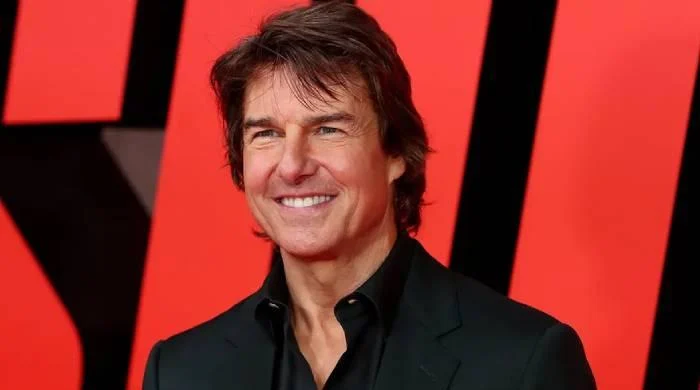
Cruise, known for his relentless work ethic, approached Mackey’s monologues with a research-driven creativity. “I do research on things…but I just create characters like that. You just go, ‘I can do it,’ and you work on it,” he said. The process wasn’t about ego—it was about total immersion. Each night, Cruise arrived with a list of phrases, a spark of a moment, or a tone to test. It was raw, it was risky, and it was real.
Magnolia and the Legacy of Trusting the Actor
The gamble paid off. Cruise’s portrayal of Frank T.J. Mackey earned him the film’s sole Academy Award nomination in 2000, despite being part of an ensemble filled with heavy hitters. Though Magnolia left the ceremony without a statue, it cemented its place in cinema as one of Paul Thomas Anderson’s most ambitious works and Cruise’s performance was its emotional core. Years later, Entertainment Weekly ranked Magnolia at the top of Cruise’s filmography, second only to Born on the Fourth of July in terms of performance impact.
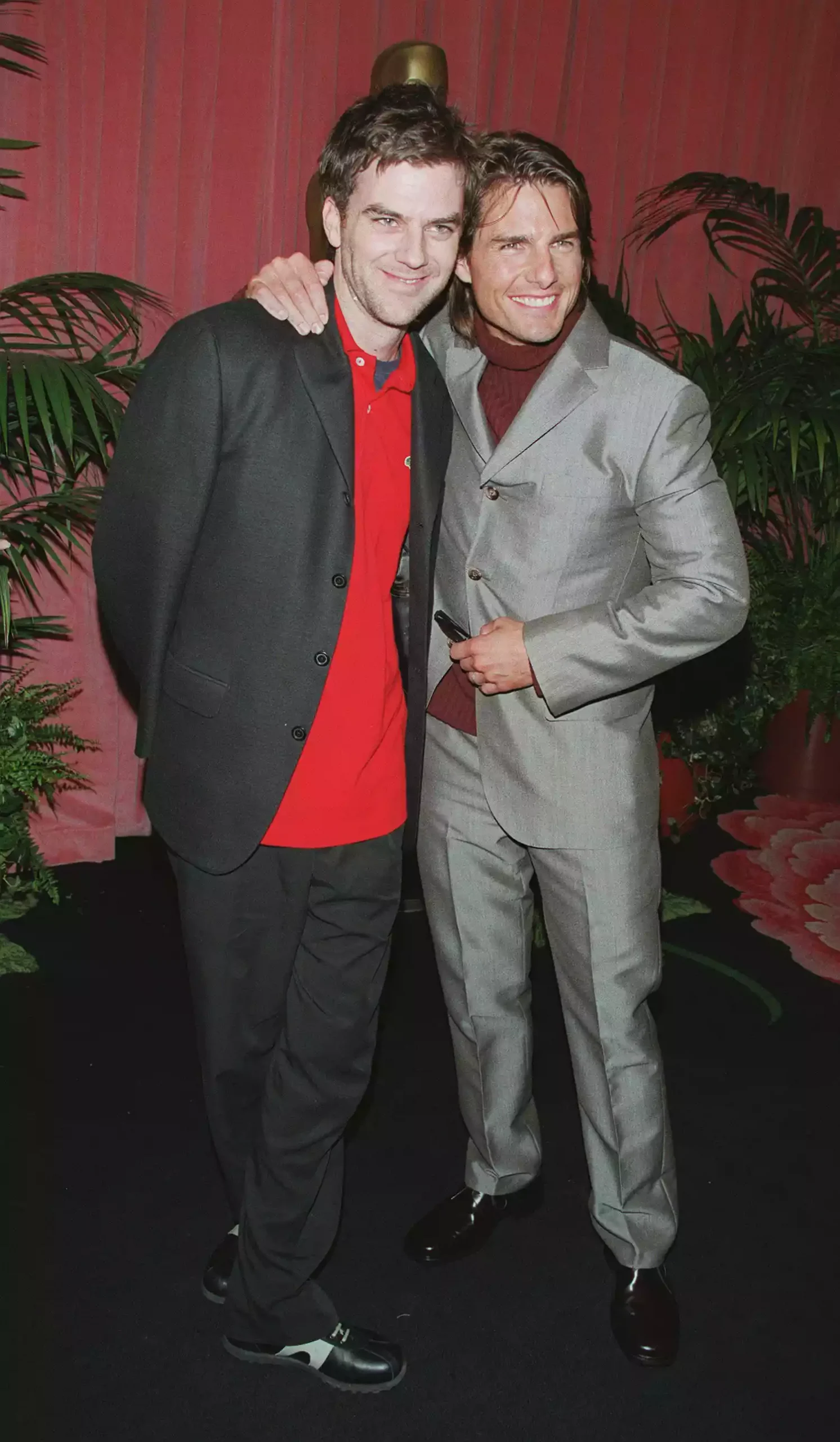
The legacy of that creative gamble extends beyond awards and rankings. It’s a case study in what can happen when a director trusts the vision of his actor, even when it veers off the page. It’s also a rare window into Cruise’s deeper artistry—one that goes beyond stunts and box office numbers. Here, Cruise wasn’t just playing a part. He was building a persona, moment by moment, and inviting the audience to both love and loathe it.
Tom Cruise’s retelling of how Magnolia’s most unforgettable monologue came to life is more than behind-the-scenes trivia—it’s a powerful reminder that artistry thrives on instinct, risk, and trust. In a moment of doubt, Cruise chose to act—not just in the traditional sense, but in the purest form of artistic conviction. He didn’t wait for permission. He lit the stage, played the music, became the character, and said: Watch this. And Paul Thomas Anderson, like the rest of us, could only sit back and watch the magic unfold.

